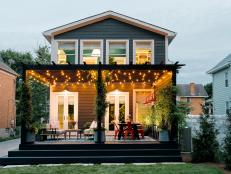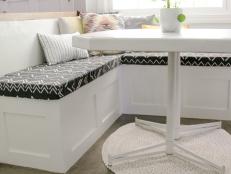1 / 17
Photo: Studio David Thulstrup
How to Get Personal With Materials
“I have always had an issue with the general perception of Scandinavian interiors as being non-material, minimalistic spaces with pale wooden floors and white walls, because I have never lived like that; I grew up surrounded by massive materiality,” says award-winning designer and architect David Thulstrup in the introduction to A Sense of Place, Sophie Lovell’s new monograph on his work. Raised in an old farmhouse on Denmark’s Øresund coast, he remembers strong colors, massive exposed wooden beams and eclectic furnishings, and his sense of that home’s soul helps him pare his designs back to their most dynamic, essential elements. Minimalism, you see, should make you feel alive. Here’s how David makes it work.












